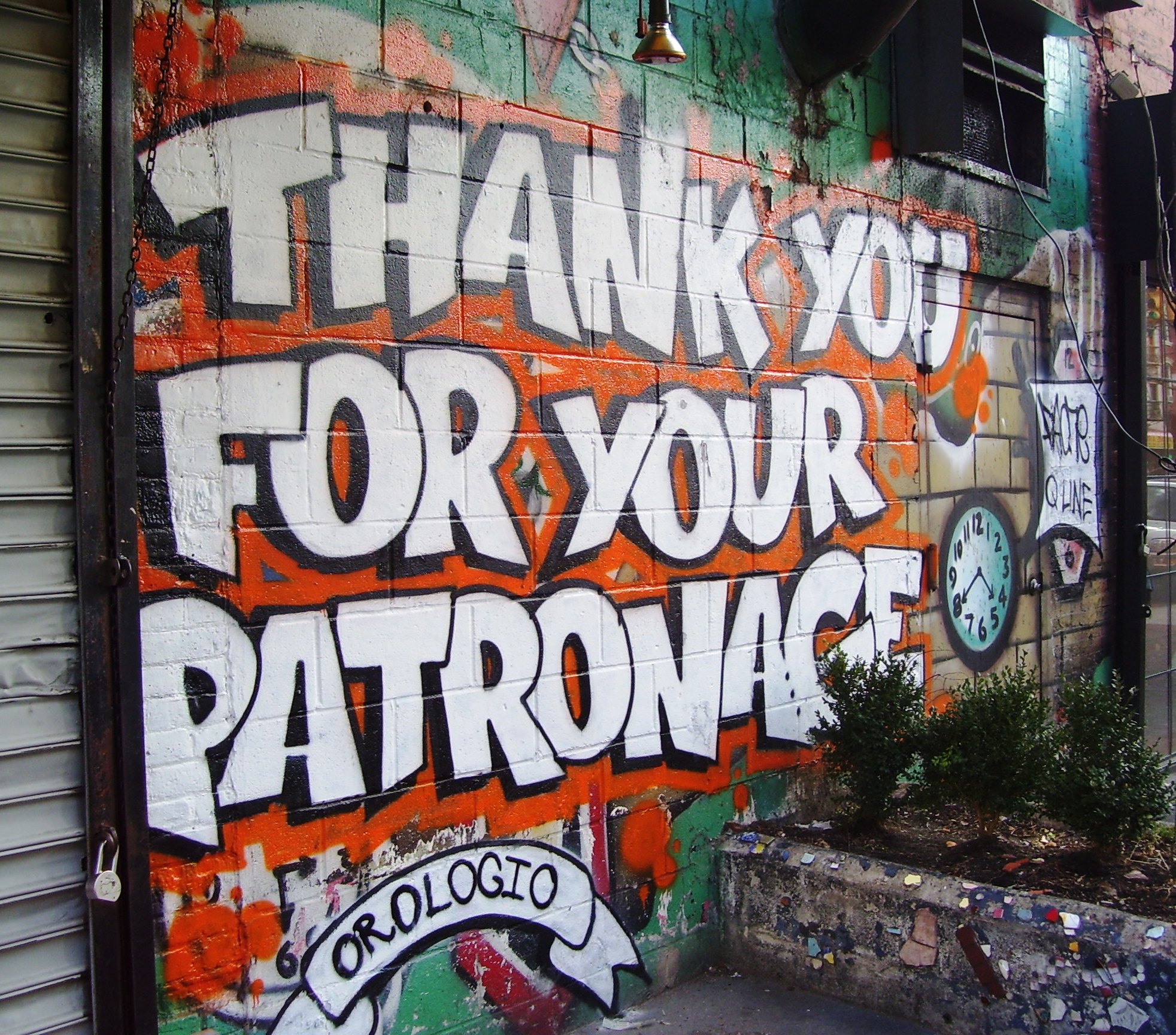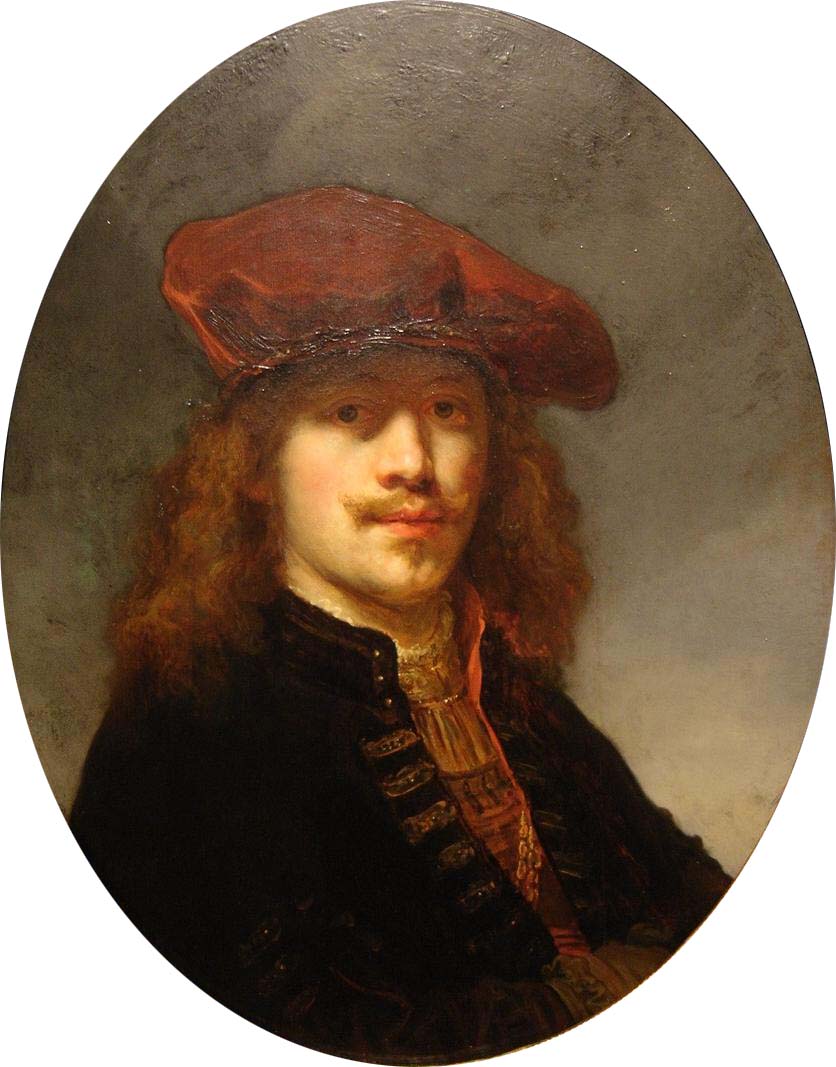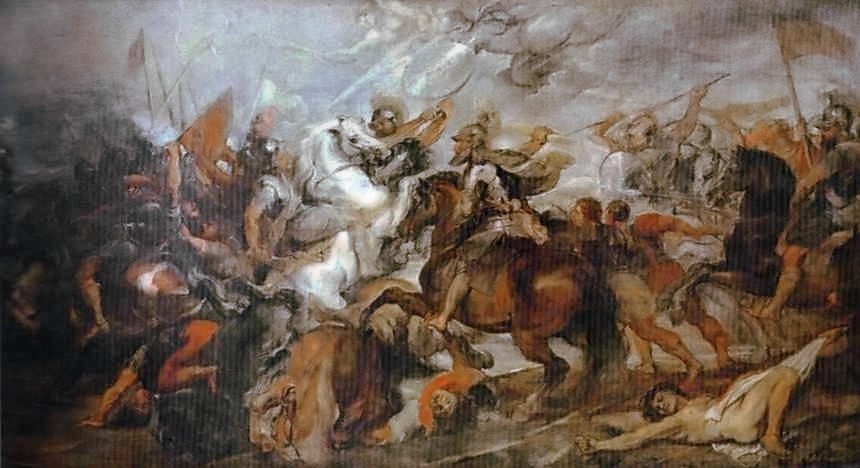|
Caterina Ginnasi
Caterina Ginnasi (1590 – 30 November 1660) was an Italian noblewoman and painter of the Baroque period, active mainly in Rome. Ginnasi was orphaned under a young age, and placed in the care of her uncle, Cardinal Domenico Ginnasi, who was the dean of the Holy College in Rome. He had arranged for her to marry a cousin, but she refused to consent and chose instead to remain single and dedicate herself to a spiritual and devotional life. Although she never became a nun she lived like one and was close friends with other Roman noblewomen nuns. When her talent was recognised, she started training under the painter Gaspare Celio, and then under Giovanni Lanfranco until 1634. Lanfranco had painted a Pentecost scene in oil on the ceiling of the gallery for Cardinal Ginnasi in the Palazzo Ginnasi between 1629 and 1632. Career as an artist Caterina was the only woman included in Giovanni Battista Passeri's biography of contemporary artists and was one of a few women to become a membe ... [...More Info...] [...Related Items...] OR: [Wikipedia] [Google] [Baidu] |
Rome
Rome (Italian language, Italian and , ) is the capital city and most populated (municipality) of Italy. It is also the administrative centre of the Lazio Regions of Italy, region and of the Metropolitan City of Rome. A special named with 2,746,984 residents in , Rome is the list of cities in the European Union by population within city limits, third most populous city in the European Union by population within city limits. The Metropolitan City of Rome Capital, with a population of 4,223,885 residents, is the most populous metropolitan cities of Italy, metropolitan city in Italy. Rome metropolitan area, Its metropolitan area is the third-most populous within Italy. Rome is located in the central-western portion of the Italian Peninsula, within Lazio (Latium), along the shores of the Tiber Valley. Vatican City (the smallest country in the world and headquarters of the worldwide Catholic Church under the governance of the Holy See) is an independent country inside the city boun ... [...More Info...] [...Related Items...] OR: [Wikipedia] [Google] [Baidu] |
Patronage
Patronage is the support, encouragement, privilege, or financial aid that an organization or individual bestows on another. In the history of art, art patronage refers to the support that princes, popes, and other wealthy and influential people have provided to artists such as musicians, painters, and sculptors. It can also refer to the right of bestowing offices or church benefices, the business given to a store by a regular customer, and the guardianship of saints. The word ''patron'' derives from the Latin ('patron'), one who gives benefits to his clients (see patronage in ancient Rome). In some countries, the term is used to describe political patronage or patronal politics, which is the use of state resources to reward individuals for their electoral support. Some patronage systems are legal, as in the Canadian tradition of the prime minister appointing senators and the heads of a number of commissions and agencies; in many cases, these appointments go to people who ha ... [...More Info...] [...Related Items...] OR: [Wikipedia] [Google] [Baidu] |
17th-century Italian Women Artists
The 17th century lasted from January 1, 1601 (represented by the Roman numerals MDCI), to December 31, 1700 (MDCC). It falls into the early modern period of Europe and in that continent (whose impact on the world was increasing) was characterized by the Baroque cultural movement, the latter part of the Spanish Golden Age, the Dutch Golden Age, the French ''Grand Siècle'' dominated by Louis XIV, the Scientific Revolution, the world's first public company and megacorporation known as the Dutch East India Company, and according to some historians, the General Crisis. From the mid-17th century, European politics were increasingly dominated by the Kingdom of France of Louis XIV, where royal power was solidified domestically in the civil war of the Fronde. The semi-feudal territorial French nobility was weakened and subjugated to the power of an absolute monarchy through the reinvention of the Palace of Versailles from a hunting lodge to a gilded prison, in which a greatly expanded ro ... [...More Info...] [...Related Items...] OR: [Wikipedia] [Google] [Baidu] |
Italian Women Painters
Italian(s) may refer to: * Anything of, from, or related to the people of Italy over the centuries ** Italians, a Romance ethnic group related to or simply a citizen of the Italian Republic or Italian Kingdom ** Italian language, a Romance language *** Regional Italian, regional variants of the Italian language ** Languages of Italy, languages and dialects spoken in Italy ** Italian culture, cultural features of Italy ** Italian cuisine, traditional foods ** Folklore of Italy, the folklore and urban legends of Italy ** Mythology of Italy, traditional religion and beliefs Other uses * Italian dressing, a vinaigrette-type salad dressing or marination * Italian or Italian-A, alternative names for the Ping-Pong virus, an extinct computer virus * ''Italien'' (magazine), pro-Fascist magazine in Germany between 1927 and 1944 See also * * * Italia (other) * Italic (other) * Italo (other) * The Italian (other) * Italian people (other) Italian ... [...More Info...] [...Related Items...] OR: [Wikipedia] [Google] [Baidu] |
17th-century Italian Painters
The 17th century lasted from January 1, 1601 (represented by the Roman numerals MDCI), to December 31, 1700 (MDCC). It falls into the early modern period of Europe and in that continent (whose impact on the world was increasing) was characterized by the Baroque cultural movement, the latter part of the Spanish Golden Age, the Dutch Golden Age, the French '' Grand Siècle'' dominated by Louis XIV, the Scientific Revolution, the world's first public company and megacorporation known as the Dutch East India Company, and according to some historians, the General Crisis. From the mid-17th century, European politics were increasingly dominated by the Kingdom of France of Louis XIV, where royal power was solidified domestically in the civil war of the Fronde. The semi-feudal territorial French nobility was weakened and subjugated to the power of an absolute monarchy through the reinvention of the Palace of Versailles from a hunting lodge to a gilded prison, in which a greatly ... [...More Info...] [...Related Items...] OR: [Wikipedia] [Google] [Baidu] |
Painters From Rome
Painting is a visual art, which is characterized by the practice of applying paint, pigment, color or other medium to a solid surface (called "matrix" or " support"). The medium is commonly applied to the base with a brush. Other implements, such as palette knives, sponges, airbrushes, the artist's fingers, or even a dripping technique that uses gravity may be used. One who produces paintings is called a painter. In art, the term "painting" describes both the act and the result of the action (the final work is called "a painting"). The support for paintings includes such surfaces as walls, paper, canvas, wood, glass, lacquer, pottery, leaf, copper and concrete, and the painting may incorporate other materials, in single or multiple form, including sand, clay, paper, cardboard, newspaper, plaster, gold leaf, and even entire objects. Painting is an important form of visual art, bringing in elements such as drawing, composition, gesture, narration, and abstraction. Paintings can ... [...More Info...] [...Related Items...] OR: [Wikipedia] [Google] [Baidu] |
1660 Deaths
Events January–March * January 1 ** At daybreak, English Army Colonel George Monck, with two brigades of troops from his Scottish occupational force, fords the River Tweed at Coldstream in Scotland to cross the Anglo-Scottish border at Northumberland, with a mission of advancing toward London to end military rule of England by General John Lambert and to accomplish the English Restoration, the return of the monarchy to England. By the end of the day, he and his soldiers have gone through knee-deep snow to Wooler while the advance guard of cavalry had covered to reach Morpeth.J. W. Fortescue, ''The History of the British Army'' (Musaicum Books, 2020) **At the same time, rebels within the New Model Army under the command of Colonel Thomas Fairfax take control of York and await the arrival of Monck's troops.''The History of Nations: England'', by Samuel R. Gardner (John D. Morris and Company, 1906) p. 374-275 ** Samuel Pepys, a 36-year-old member of the Par ... [...More Info...] [...Related Items...] OR: [Wikipedia] [Google] [Baidu] |
1590 Births
Events January–March * January 6 – García Hurtado de Mendoza becomes the new Viceroy of Peru (nominally including most of South America except for Brazil). He will serve until 1596. * January 10 – Construction of the Fortezza Nuova around the city of Livorno begins in Italy in the Grand Duchy of Tuscany on the orders of Ferdinando I de' Medici, Grand Duke of Tuscany and continues for more than 14 years. * January 25 – Luis de Velasco y Castilla, Marquess of Salinas, becomes the new Viceroy of New Spain, a colony comprising most of Central America, Mexico and what is now a large part of the southwestern United States. Velasco will govern until 1595, and then again from 1607 to 1611. * February 3 – Peter Ernst I von Mansfeld-Vorderort, the German-born commander of the Spanish Imperial Army captures the German fortress of Rheinberg after a four-year long siege during the Eighty Years' War. * March 4 – Maurice of Nassau, Prince of ... [...More Info...] [...Related Items...] OR: [Wikipedia] [Google] [Baidu] |
Giuliano Finelli
Giuliano Finelli (1601–1653) was an Italian Baroque sculptor who emerged from the workshop of Bernini. He was born in Carrara to a family of marble masons in a town associated with mining of the stone, and he initially trained with Michelangelo Naccherino. He was active in Bernini's studio for a few years, but he broke with Bernini in 1629, when he felt slighted by the awarding of the choice commission of a ''Saint Helena'' statue for the crossing of St Peter's to Andrea Bolgi. He is also purported to have also been slighted by failure to be recognized as the detail master behind the ''Apollo and Daphne'' statue of Bernini. For some time, he found occasional work, often with the support of Pietro da Cortona. The difference between the two sculptors, Bernini and Finelli, was slight. Finelli is highly meticulous about carving tiny details, a focus which often seems to drain from the greater emotion of the piece. The prolific Bernini was less conscious of lacy frillery in dress ... [...More Info...] [...Related Items...] OR: [Wikipedia] [Google] [Baidu] |
Pietà
The Pietà (; meaning "pity", "compassion") is a subject in Christian art depicting the Mary (mother of Jesus), Blessed Virgin Mary cradling the mortal body of Jesus Christ after his Descent from the Cross. It is most often found in sculpture. The Pietà is a specific form of the Lamentation of Christ in which Jesus is mourned by the Virgin Mary alone. However, in practice works called a ''Pietà'' may include angels, the other figures usual in ''Lamentations'', and even donor portraits. An image consisting only of a dead Christ with angels is also called a Pietà, at least in German, where ''Engelpietà'' (literally "Angel Pietà") is the term for what is usually called ''Dead Christ supported by angels'' in English. Several namesake images have merited a Canonical coronation, Pontifical decree of coronation, including the Pieta of Saint Peter's Basilica in Rome, in the Basilique Notre-Dame de Marienthal, Marienthal Basilica in France, the Franciscan church in Leuven, Bel ... [...More Info...] [...Related Items...] OR: [Wikipedia] [Google] [Baidu] |
Nativity Of Jesus
The Nativity or birth of Jesus Christ is found in the biblical gospels of Gospel of Matthew, Matthew and Gospel of Luke, Luke. The two accounts agree that Jesus was born in Bethlehem, Palestine, in Herodian kingdom, Roman-controlled Judea, that Mary, mother of Jesus, his mother, Mary, was engaged to a man named Saint Joseph, Joseph, who was Davidic line, descended from King David and was not his biological father, and that his birth was Virgin birth of Jesus, caused by divine intervention. The majority of contemporary scholars do not see the two canonical gospel Nativity of Jesus, Nativity stories as historically factualMarcus Borg, 'The Meaning of the Birth Stories' in Marcus Borg, N T Wright, ''The Meaning of Jesus: Two Visions'' (Harper One, 2007) page 179: "I (and most mainline scholars) do not see these stories as historically factual." since they present clashing accounts and irreconcilable Genealogy of Jesus, genealogies. The secular history of the time does not synchron ... [...More Info...] [...Related Items...] OR: [Wikipedia] [Google] [Baidu] |






